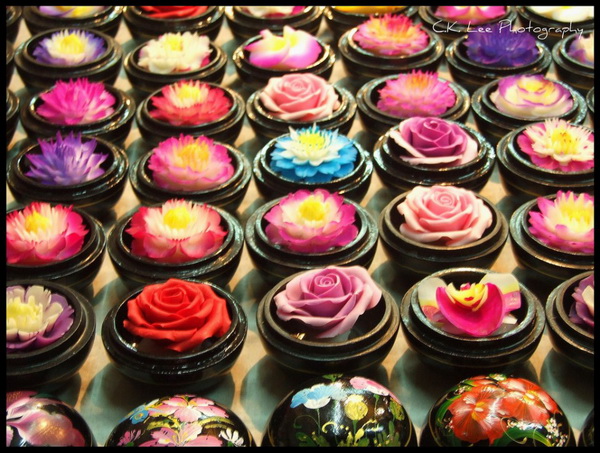Cards with messages

A candle is a solid block with an embedded, which is lit to provide, and sometimes heat, and historically as a method of keeping time.
Today, most candles are made from paraffin. Candles can also be made from soy other, and (a by-product of beef-fat rendering). Gel candles are made from a mixture of mineral oil and a polymer
A candle manufacturer is traditionally known Various devices have been invented to hold candles, from simple tabletop candle holders, to elaborate
The heat of the match used to light the candle melts and vaporizes a small amount of fuel. Once vaporized, the fuel combines with oxygen in the atmosphere to form a flame. This flame provides sufficient heat to keep the candle burning via a self-sustaining chain of events: the heat of the flame melts the top of the mass of solid fuel, the liquefied fuel then moves upward through the wick via action, and the liquefied fuel is then vaporized to burn within the candle's flame.
The burning of the fuel takes place in several distinct regions (as evidenced by the various colors that can be seen within the candle's flame). Within the blue regions, hydrogen is being separated from the fuel and burned to form wapor. The brighter, yellow part of the flame is the remaining carbon being oxidized to form carbon dioxide.
As the mass of solid fuel is melted and consumed, the candle grows shorter. Portions of the wick that are not emitting vaporized fuel are consumed in the flame. The incineration of the wick limits the exposed length of the wick, thus maintaining a constant burning temperature and rate of fuel consumption. Some wicks require regular trimming with scissors (or a specialized wick trimmer), usually to about one-quarter inch (~0.7 cm), to promote slower, steady burning, and also to prevent smoking. In early times, the wick needed to be trimmed quite frequently, and special candle-scissors, referred to as snuffers until the 20th century, were produced for this purpose, often combined with an extinguisher. In modern candles, the wick is constructed so that it curves over as it burns (see picture on the right), so that the end of the wick gets oxygen and is then consumed by fire—a self-trimming wick.Cards with messages had been sporadically created and posted by individuals since the creation of postal services. The earliest known picture postcard was a hand-painted design on card, posted in London to the writer Theodore Hook in 1840 bearing a penny black stamp. In the United States, a picture or blank card stock that held a message and sent through the mail at letter rate first began when a card postmarked in December 1848 contained printed advertising on it.
Based on measurements of a taper-type, paraffin wax candle, a modern candle typically burns at a steady rate of about 0.1 g/min, releasing heat at roughly 80 W. The light produced is about 13 lumens, for a efficasy of about 0.16 lumens per watt (luminous efficacy of a source) - almost a hundred times lower than an light bulb.
The luminous intensify of a typical candle is thus approximately one candela. The Si unit,candela, was in fact based on an older unit called the candelpower, which represented the luminous intensity emitted by a candle made to particular specifications (a "standard candle"). The modern unit is defined in a more precise and repeatable way, but was chosen such that a candle's luminous intensity is still about one candela.
A candle flame has three distinct regions. The innermost zone, directly above the wick contains wax vapors that have just been vaporized. The middle zone, the yellow portion of the flame is an oxygen depleted zone, where partial oxidation has occurred, but insufficient oxygen exists to burn all of the vapors present. The temperature in this region is hotter than the innermost zone, but cooler than the outer zone. The outer zone is the area where the flame is the hottest and the oxidation process is complete.
Comments: 1
23.11.2012 at 14:27
A candle flame that is longer than its laminar smoke point will emit soot. Soot inhalation has known health hazards. Proper wick trimming will substantially reduce soot emissions from most candles.